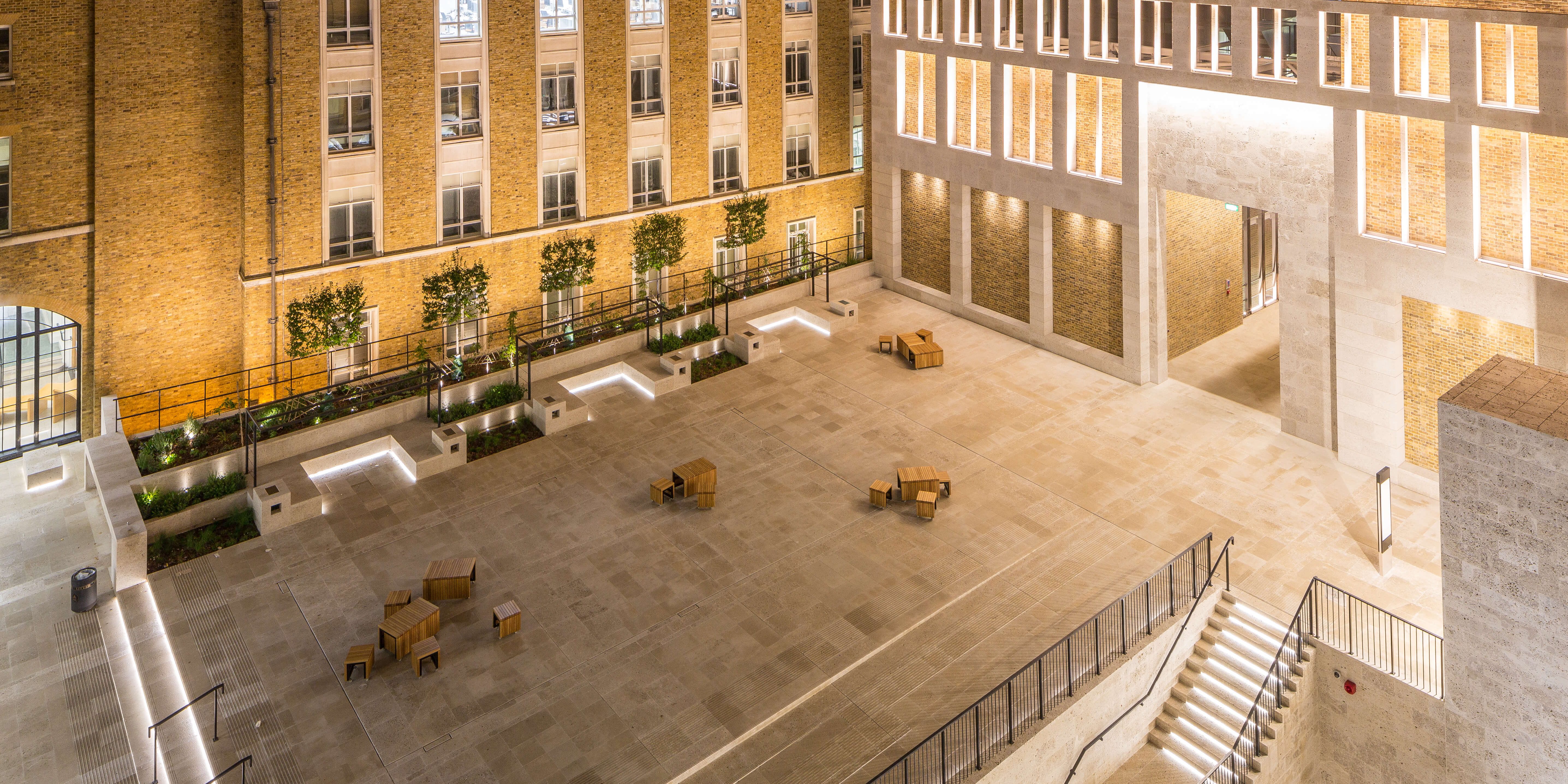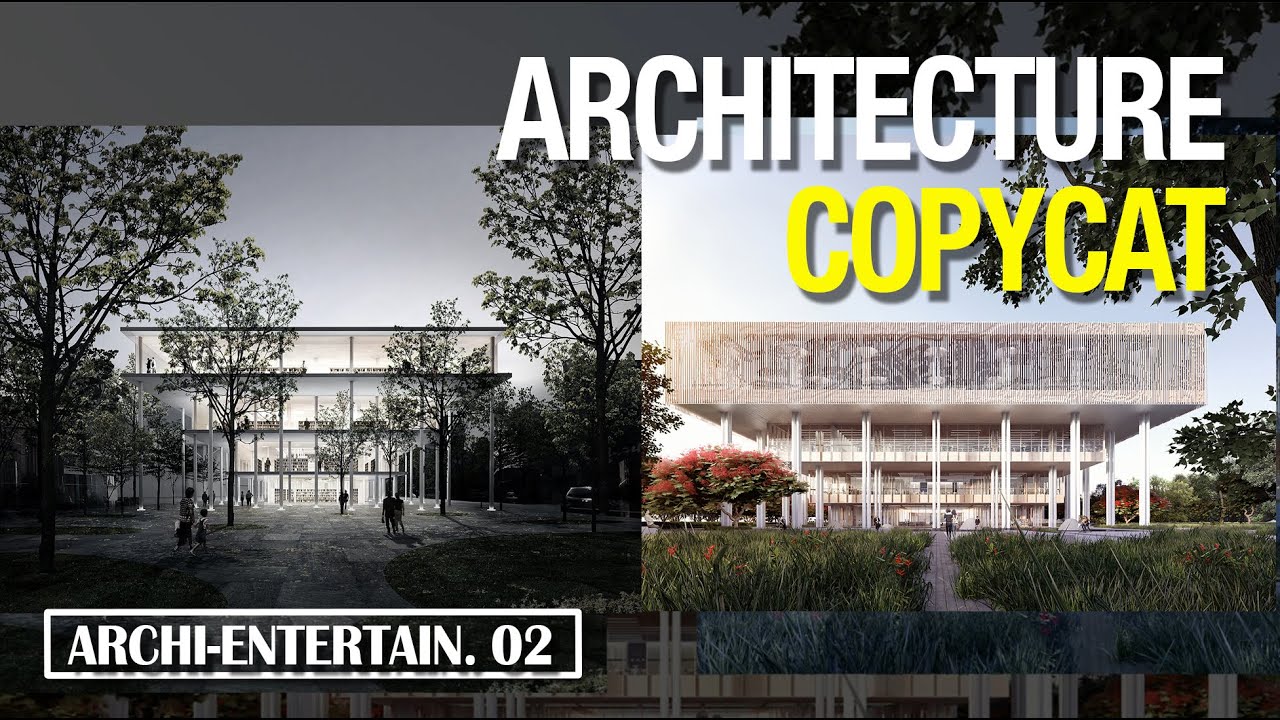Archi-tainment - When Architecture Meets Entertainment
The word "archi-tainment" is a combination of the words "architecture" and "entertainment." It is used to talk about how design, technology, and experience come together in the built environment.
Author:George EvansApr 06, 202354.3K Shares734.1K Views

Archi-tainment, a portmanteau of architecture and entertainment, is a term used to describe the convergence of design, technology, and experience in the built environment.
It refers to the integration of entertainment, leisure, and cultural experiences into architectural spaces, blurring the boundaries between function and pleasure.
Archi-tainment is a relatively new concept that has gained momentum in recent years as architects and designers have begun to realize the potential of combining architecture and entertainment to create engaging and memorable experiences for users.
This article will explore the history, characteristics, and future of Archi-tainment.
What Is Archi-tainment?
Archi-tainment is a term used to describe the integration of entertainment elements into the design of buildings, public spaces, and other architectural structures.
This can include features such as interactive exhibits, multimedia installations, immersive environments, and other forms of experiential design.
The goal of archi-tainment is to create spaces that not only serve a practical purpose but also engage the senses and emotions of visitors, providing them with a memorable and engaging experience.
This trend is becoming increasingly popular in a variety of settings, from theme parks and museums to shopping centers and airports.

Copycat Architecture or similar design
The Rise Of Archi-tainment
The rise of archi-tainment can be attributed to several factors. One of the main drivers is the increasing importance of experience and engagement in our modern society.
As people become more accustomed to immersive and interactive experiences in their daily lives, they expect the same level of engagement from the spaces they inhabit.
Additionally, advances in technology have made it easier and more cost-effective to incorporate entertainment elements into architectural design.
Digital displays, interactive touchscreens, and virtual reality experiences are just a few examples of the technologies that are being used to create archi-tainment environments.
Examples Of Archi-tainment
Archi-tainment can take many different forms, and the possibilities are only limited by the designer's imagination. Here are a few examples of archi-tainment in action:
- The Oculus- The Oculus is a transportation hub in New York City that features a massive white structure that resembles the ribs of a whale. Inside, visitors are greeted with a stunning white marble interior and a massive digital display that projects images and videos onto the ceiling.
- The Museum of the Future- The Museum of the Future in Dubai is a cutting-edge museum that features a range of interactive exhibits and immersive installations. Visitors can experience everything from holographic displays to virtual reality environments that take them on a journey through time.
- The Vessel- The Vessel is a unique architectural structure located in New York City's Hudson Yards development. The structure features a series of interlocking staircases that visitors can climb to get a panoramic view of the city.
Archi-tainment Vs. Traditional Architecture
Archi-tainment, also known as entertainment architecture, is a relatively new concept that combines the fields of architecture and entertainment.
It refers to the design of buildings and spaces that not only serve their intended functional purpose but also provide a memorable and engaging experience for visitors.
This approach is in stark contrast to traditional architecture, which focuses primarily on functionality and aesthetics.
Traditional architecture places great emphasis on the building's design, materials, and structural elements. The primary goal is to create a functional, safe, and aesthetically pleasing space for occupants.
In contrast, archi-tainment prioritizes the user experience and the emotional response generated by the space.
While traditional architecture may be perceived as more serious and reserved, archi-tainment is playful and often incorporates elements of fun, surprise, and whimsy. It is a way to enhance the experience of visitors and create a lasting impression.
Archi-tainment can be seen in various types of buildings, such as theme parks, shopping malls, and museums, where visitors are looking for an experience that goes beyond mere functionality.
The Future Of Archi-tainment
As technology continues to evolve, we can expect to see even more exciting and innovative examples of archi-tainment in the future.
From augmented reality experiences to advanced robotics and artificial intelligence, the possibilities are endless.
However, it's important to remember that while archi-tainment can be a powerful tool for creating engaging and memorable spaces, it should not be used at the expense of functionality and practicality.
Ultimately, the best examples of archi-tainment are those that strike a balance between form and function, creating spaces that are both aesthetically pleasing and highly functional.
People Also Ask
What Is The Meaning Of Archi-tainment?
Archi-tainment is a term used to describe the integration of architecture and entertainment, which refers to the design and creation of buildings or structures that are meant to entertain or attract visitors.
What Are Some Examples Of Archi-tainment Projects?
Some examples of Archi-tainment projects include theme parks, museums, sports stadiums, and shopping centers that feature unique architectural designs and incorporate elements of entertainment to attract visitors.
How Does Archi-tainment Impact The Architectural Industry?
Archi-tainment has had a significant impact on the architectural industry by pushing designers to think beyond traditional building designs and incorporate elements of entertainment and innovation into their projects.
This has led to the development of new techniques and technologies that are being used to create more dynamic and engaging spaces.
What Are The Challenges Of Designing Archi-tainment Projects?
The challenges of designing Archi-tainment projects include balancing the functional requirements of a building with the need to create an entertaining or engaging environment.
This requires a deep understanding of both architecture and entertainment, as well as the ability to incorporate technology and other innovative design elements into the project.
How Has Archi-tainment Evolved Over Time?
Archi-tainment has evolved significantly over time, with designers and architects constantly pushing the boundaries of what is possible.
From early examples like the Eiffel Tower and the Crystal Palace to modern projects like the Burj Khalifa and the Marina Bay Sands, Archi-tainment has become a critical element in the design of some of the world's most iconic buildings and structures.
Final Words
Archi-tainment represents a new trend in architecture and design, where the focus is on creating engaging and immersive experiences for visitors.
By incorporating elements of entertainment and technology into their designs, architects, and designers can create spaces that are not only functional but also memorable and engaging.
As technology continues to evolve, we can expect to see even more exciting examples of archi-tainment in the future, but it's important to remember that practicality and functionality should always be at the forefront of any design.

George Evans
Author
George Anderson, an exceptional architectural designer, envisions and brings to life structures that transcend the realm of imagination. With an unwavering passion for design and an innate eye for detail, George seamlessly blends form and function, creating immersive spaces that inspire awe.
Driven by a deep appreciation for the interplay of space, light, and materials, George's innovative approach redefines the possibilities of architectural design. His visionary compositions leave an indelible mark, evoking a sense of wonder and transforming the built environment.
George Anderson's transformative designs and unwavering dedication continue to shape the architectural landscape, pushing the boundaries of what is possible and inspiring generations to come.
Latest Articles
Popular Articles